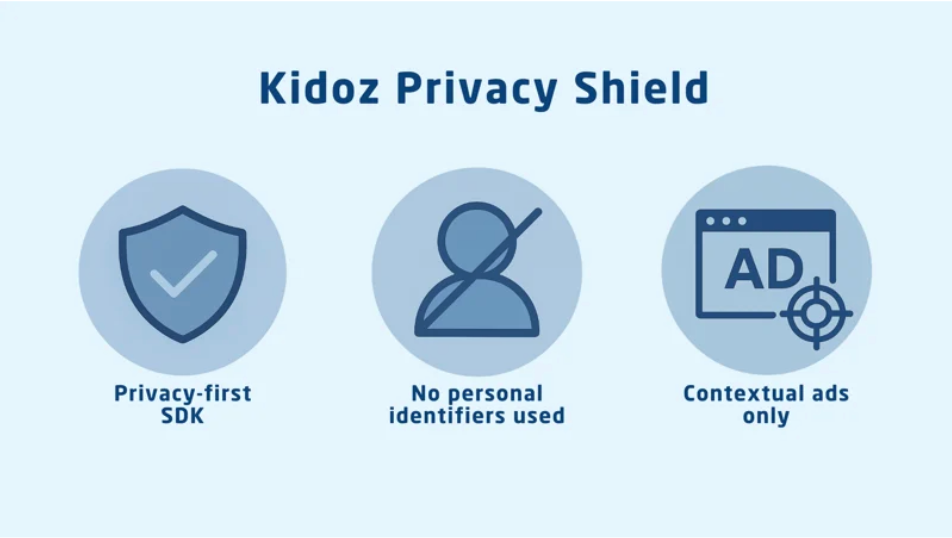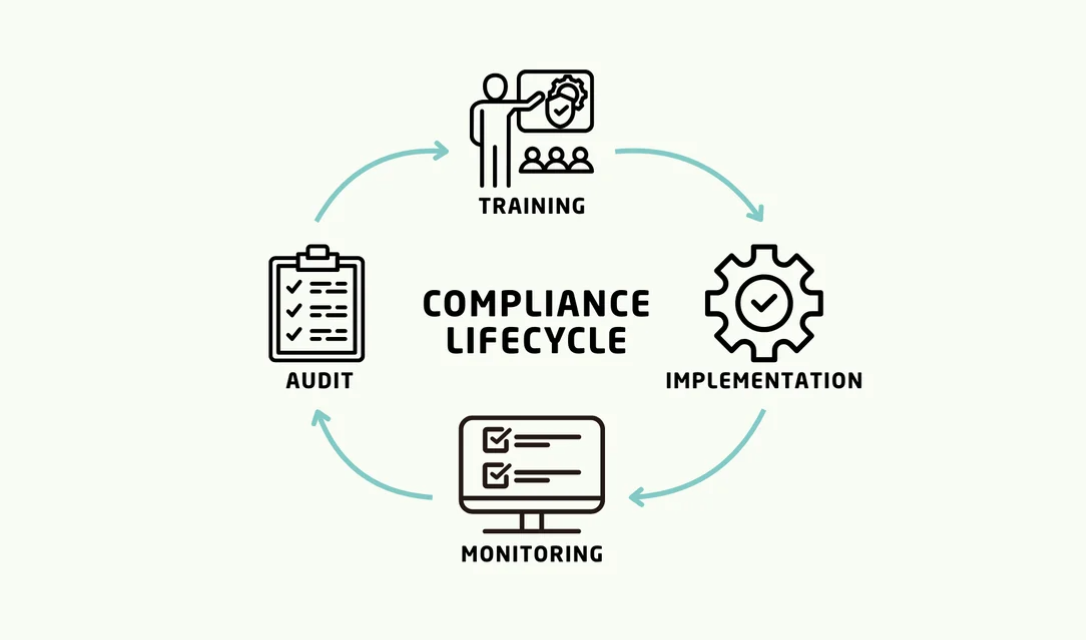
Regulation is raising the bar for kid-directed advertising: the U.S. updated COPPA rule set stricter consent, data-minimization and recordkeeping expectations, the EU published DSA guidance focused on protecting minors, and the FTC has opened 6(b) inquiries into AI ‘companion’ products, all of which tighten what buyers will accept from networks that serve children and families.
Why investors should care
Brands facing tougher compliance and reputational risk will pay to avoid exposure. That dynamic creates a predictable commercial premium for networks that can prove kid-safe operations: higher CPMs for certified inventory, longer, less price-sensitive contracts, and lower churn, i.e., more durable, recurring revenue. Evidence of this shift is visible in industry positioning and certification moves among specialist networks.

Concrete financial risks of non-compliance
Regulatory action can trigger rapid demand shocks and enforcement costs. DSA enforcement has already targeted platforms over weak age-verification, with potential fines up to a percentage of global turnover; the FTC’s COPPA updates raise practical compliance costs and recordkeeping burdens for operators. Those outcomes translate into lost buyers, remediation expense, and longer sales cycles for non-certified supply.
What credible kid-safe networks must prove
To assess suitability of a given network solution provider, brands and Investors should insist on artifacts, not assertions: third-party safe-harbor or audit reports (e.g., PRIVO), exportable provenance logs for creative/AI outputs, tested age-gate and consent UX across regions, and documented manual-review SLAs with pass-rates and remediation times. Kidoz’s public PRIVO certification is an example of the kind of evidence buyers now seek.

KPIs that signal premium upside
Track the share of certified inventory, the CPM uplift that certified supply secures, MAU in family/teen cohorts, and demand-partner contract length/renewal rates. Together these figures show how much of a platform’s footprint can be monetized at higher rates and how durable that revenue will be (scale × price uplift × contract stickiness).
KPIs that reveal downside risk and operating health
Audit pass-rates, remediation time, and remediation cost per incident indicate operational reliability and the likely financial impact of failures. Combine pass-rates and incident cadence with remediation costs to run a simple stress test: incremental ARR from certified supply versus expected remediation/enforcement losses.
Takeaway
Regulatory tightening turns kid-safety from a compliance checkbox into a commercial moat: platforms that can prove auditability, consent controls, and operational QA, while maintaining family-scale reach, are best positioned to capture higher, stickier brand spend. There is also an added bonus for investors. As the privacy-first trend across all ages increases, and is reinforced by regulators for all ages not just for kids protection (for example the EU AI Act), this competitive moat can prove a growth driver into high-value teen and adult markets as brands become increasingly focused on protecting personal data without diminishing campaign performance.


